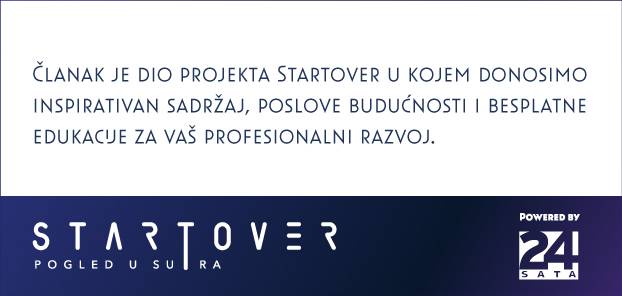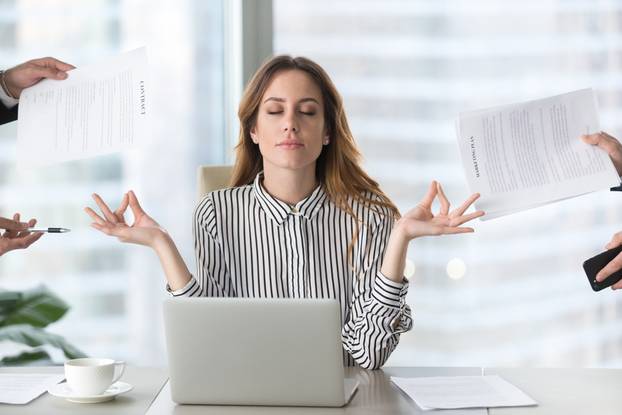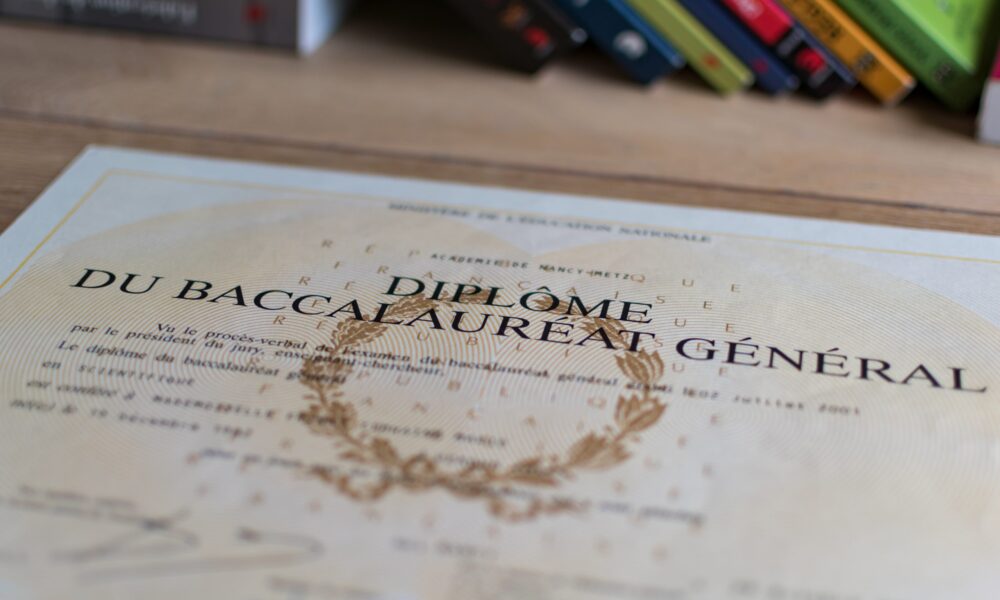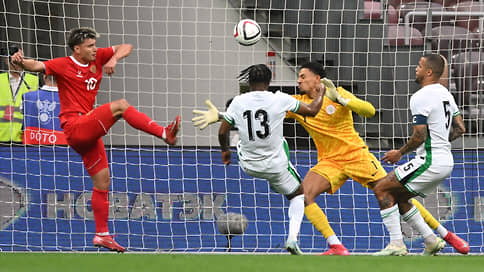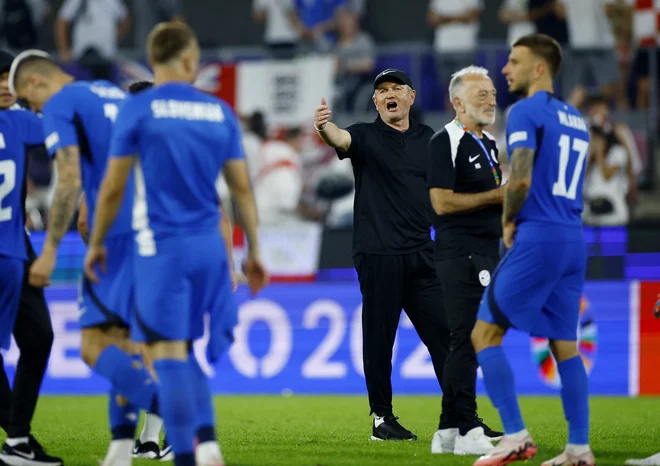‘Stress’ today is the number one danger to health: and how much is the ‘micro -priests’ strengthened?
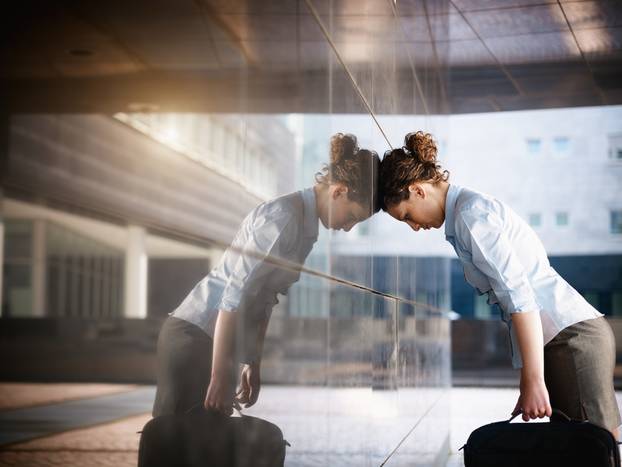
Varied and ambiguous messages from the team, a colleague who constantly complains and creates drama, sudden and constant changes in the urgent projects … All this seems like everyday tasks we agreed to by employed in some collective consisting of different people, including different styles, and work of communication. But in fact, this is the so -called. micro -priests, which, if we are not aware of them and if we do not notice them, is paid into great stress. These are small transient situations that in themselves do not cause a strong stressful reaction, but over time they accumulate and exhaust our mental and physical energy. Because they are often subtle and associated with people from our close environment, it is difficult to recognize them and even harder to address.
IN book « The Microstress Effect: How Little Things Pile Up and Create Big Problems – And What to Do About It ». They wrote Rob Cross and Karen Dillonthe authors deal with the idea of how small and daily stressors, known as micro -priests, accumulate and that they can seriously affect our health, productivity and general well -being. The authors explain that although these micro -priests often do not cause a strong stressful reaction individually, their cumulation can lead to serious problems.
Three main types of microstrosor
Stressors exhausting our capacity: Situations that require additional energy or time, such as unexpected and unplanned tasks or changes to plans.
Stressors that impair our identity: Events that make us act against our values or beliefs, which can cause an internal conflict.
Stressors that affect our emotional well -being: Interactions that cause negative emotions, such as conflict with colleagues or family members.
Cross and Dillon authors point out that when we talk about our health, the slippery terrain represents their “cascading effect”. Micostsors often cause a chain reaction in which one stress leads to others, increasing the overall stress burden. An impact that has a cascading effect of microstressor is not small, it can certainly affect our physical health; Weaken our immune system, increase the risk of heart disease and other health problems, depending on the condition we are in.
There are strategies to manage the microstasis
As we think of a strategy for the various situations we will find, it is not a good idea to make a strategy that will help us to make microstressors a minimal negative impact on us.
Prioritization of one’s own well -being
So far, you have probably heard the phrase how to set the boundaries that you may no longer know what the borders are actually in. To set the boundaries with micro -stressors means to recognize situations and people who can afford such tiny and invisible « stabs into the abdomen » and then reduce their power to maximum, conscious. Sometimes it is necessary to get out and turn to the activities that relax and fill us, and whether it is just short coffee outside the office or walking outdoors – it will be enough to interrupt that vicious circle in us.
Limiting negative interactions
Sometimes we simply need to turn to the people who cause stress in us. If a person in you causes negative sensations and feelings, simply reduce interaction with that person or group of people to the smallest possible measure. There is nothing wrong with that.
Learn to say ‘no’
The floor belongs – recognizing their limits and the ability to reject additional obligations that can increase stress. If you are in a system where there is no hearing to reject the tasks in a direct and described way, delegate and/or offer an alternative. Realistically, what can you lose if you ask and offer arguments for your proposal to compensate for tasks?
The construction of the supporting network
Nurturing relationships with people who provide emotional support and understanding can act as a counterbalance to negative interactions. This does not mean that colleagues have to become close friends, but your working backup – I can do it. So, in practice, this looks so that « person 1 » upset you in some way, and « person 2 » (your trust person) will be your support in that problem. Even if it was just a retelling of the situation, you made it easier for yourself an emotional charge.
Practicing self -awareness and reflections
Regular thinking about your own reactions and emotions can help recognize the micro -space patterns. If we know ourselves and our reactions to others well enough, then we are able to recognize the same other reactions even faster. Sometimes watching ourselves is the best way to get to know others, and the other way around!
